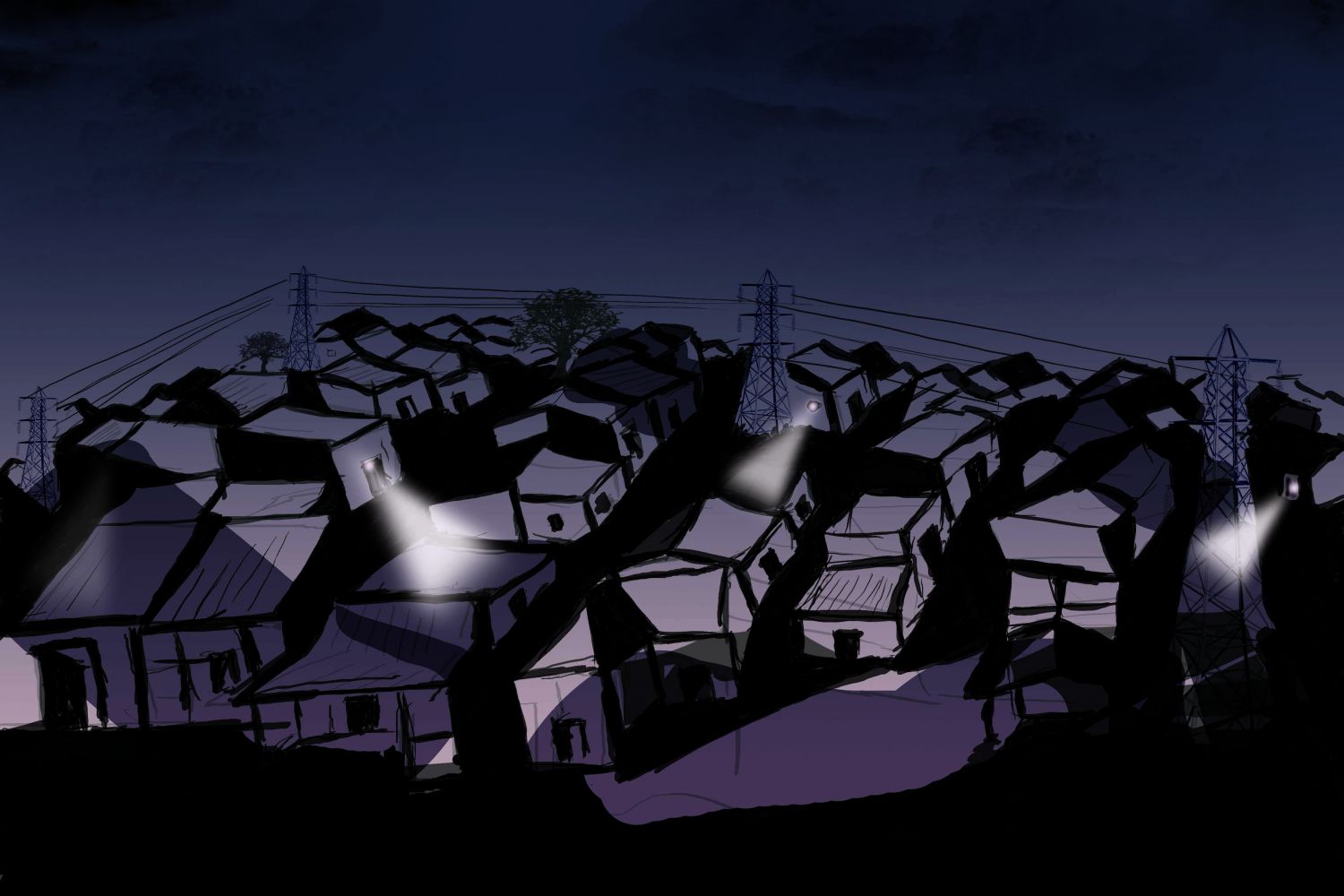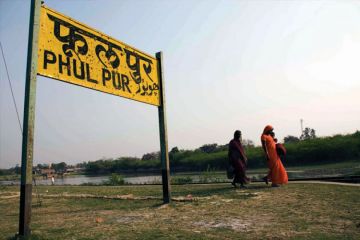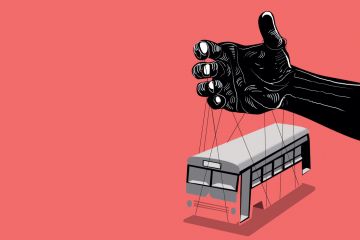
Not many in Bangalore have heard of Asarenagar, and you will not find it on
most city maps. But as far as names go, Asarenagar makes up in poignancy what
it has not achieved in popularity. “Asare” in Kannada means shelter, and for
the 1,150-odd families living in the squatter colony, the cluster of small
houses built of cement bricks, stones and tin sheets; and roofed with asbestos
sheets is just that—shelter from the elements.
Four years ago, a fire
gutted a large part of the slum
Continue reading “With a little help from the sun”
Read this story with a subscription.





